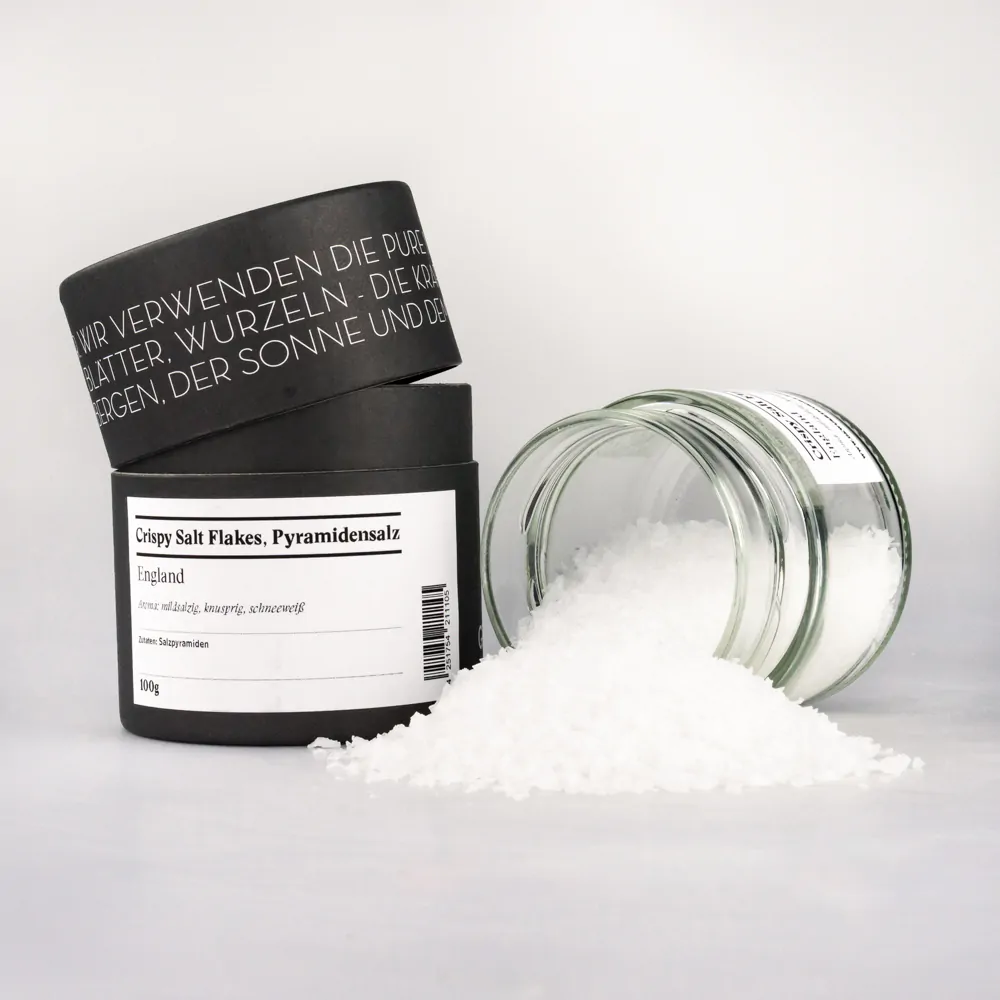Description
The Rosenheim Salt Mystery: A Case of Unexplained Electrical Phenomena
The German town of Rosenheim, Bavaria, is known for its picturesque landscapes and rich history. But in the late 1960s, Rosenheim became the epicenter of a perplexing mystery: an unexplained series of electrical disturbances that baffled scientists, engineers, and paranormal investigators alike. At the heart of this enigma was a lawyer’s office, and the strange occurrences were often attributed to a single employee: a young woman named Annemarie Schneider. This bizarre case became known as the Rosenheim Poltergeist case, and though never conclusively solved, it continues to intrigue and spark debate to this day.
The problems began in 1967 at the law office of Sigmund Adam. Lights would flicker and explode, telephones would ring without anyone on the line, furniture would shift, and filing cabinets would open and close seemingly on their own. Initially, the anomalies were dismissed as simple electrical faults or practical jokes. However, as the frequency and intensity of the events increased, it became clear that something far more unusual was at play.
The first signs pointed to electrical issues. Light bulbs were exploding with alarming regularity, sometimes up to 30 in a single day. The electricity company conducted thorough inspections, but found no faults in the wiring. The power supply was stable, and there was no apparent reason for the surges. Strangely, the incidents were particularly noticeable during peak hours, suggesting a correlation with the office’s activity.
Then came the telephone calls. The phones would ring incessantly, but when answered, there would be silence on the other end. These “phantom calls” were particularly frequent and disruptive, causing significant frustration for the office staff. The post office investigated and confirmed that the calls were indeed being dialled from the internal phone system, but no one in the office admitted to making them.
However, it was the unexplained movement of objects that truly cemented the case’s reputation as a poltergeist phenomenon. Heavy filing cabinets would move across the room, sometimes even turning 180 degrees. Pictures would fall off the walls, and other furniture would shift without any apparent human intervention. Witnesses described feeling sudden drops in temperature and a general sense of unease.
The link to Annemarie Schneider was circumstantial but compelling. She was a 19-year-old secretary who had recently started working at the office. The disturbances seemed to escalate whenever she was present, and subsided when she was absent. While she vehemently denied any involvement, her presence became undeniably associated with the inexplicable events.
The case drew the attention of physicists, parapsychologists, and other experts. One of the most prominent investigators was Hans Bender, a well-known German parapsychologist. He studied the case extensively, conducting numerous interviews and observations. He concluded that the events were likely caused by “psychokinesis,” the ability to move objects with the mind. Bender theorized that Annemarie, perhaps unconsciously, was the source of this psychokinetic energy. Frustration and resentment at work, he believed, could have triggered these subconscious outbursts.
While Bender’s theory offered a potential explanation within the realm of parapsychology, it wasn’t universally accepted. Skeptics argued that the events could be attributed to a combination of psychological factors, suggestibility, and perhaps even deliberate manipulation. They pointed to the possibility of unconscious movements by other individuals, misinterpretations of events, and even deliberate hoaxes.
No definitive scientific explanation was ever found to fully account for the Rosenheim phenomena. After a period of intense scrutiny and a move to a new office, the disturbances gradually subsided and eventually ceased altogether. Annemarie moved on from the law office, and the strange events faded into local lore.
The Rosenheim Poltergeist case remains a fascinating and controversial topic. It highlights the limitations of our understanding of the human mind and the mysteries that still surround unexplained phenomena. Whether it was a genuine case of psychokinesis, a manifestation of stress and unconscious forces, or a combination of factors, the Rosenheim Salt mystery continues to spark debate and serve as a reminder that the boundaries of reality are not always as clear-cut as we might believe. It serves as a cautionary tale about the power of suggestion, the fallibility of eyewitness accounts, and the enduring allure of the unexplained.












Reviews
There are no reviews yet.